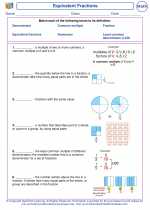Lengths
In mathematics, lengths refer to the measurement of how long an object is from one end to the other. Length is a fundamental concept in geometry and is used to describe the size of objects in one, two, or three dimensions. Understanding how to measure and compare lengths is an important skill in mathematics.
Units of Length
There are several units of length commonly used in the metric and imperial systems. Some of the most common units of length include:
- Metric System: millimeter (mm), centimeter (cm), meter (m), kilometer (km)
- Imperial System: inch (in), foot (ft), yard (yd), mile (mi)
Measuring Length
To measure length, we use tools such as rulers, tape measures, or meter sticks. When measuring, it's important to align the starting point of the object with the zero mark on the measuring tool and then read the measurement at the end of the object.
Comparing Lengths
When comparing lengths, we use comparison symbols such as greater than (>), less than (<), or equal to (=). We can also use units of length to convert between different lengths for comparison.
Study Guide
To study lengths, it's important to practice measuring objects using different units of length and comparing their sizes. Here are some key topics to focus on:
- Practice measuring objects using a ruler or tape measure in both metric and imperial units.
- Convert lengths between different units (e.g., from centimeters to meters, or from inches to feet).
- Compare the lengths of different objects using comparison symbols and verbal descriptions.
- Solve word problems involving lengths, such as finding the total distance traveled or the difference in lengths between two objects.
Understanding lengths is essential for a wide range of mathematical applications, from geometry and measurement to real-world problem-solving. Regular practice and application of length-related concepts will help solidify your understanding of this important topic.
.◂Math Worksheets and Study Guides Fifth Grade. Equivalent Fractions
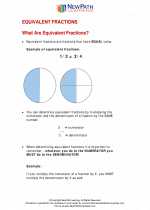
 Worksheet/Answer key
Worksheet/Answer key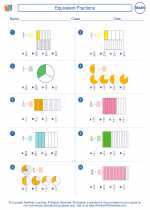
 Worksheet/Answer key
Worksheet/Answer key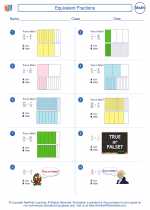
 Worksheet/Answer key
Worksheet/Answer key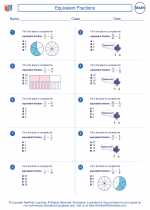
 Worksheet/Answer key
Worksheet/Answer key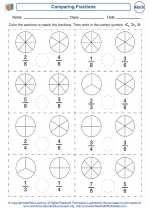
 Worksheet/Answer key
Worksheet/Answer key
 Vocabulary/Answer key
Vocabulary/Answer key